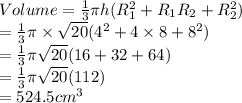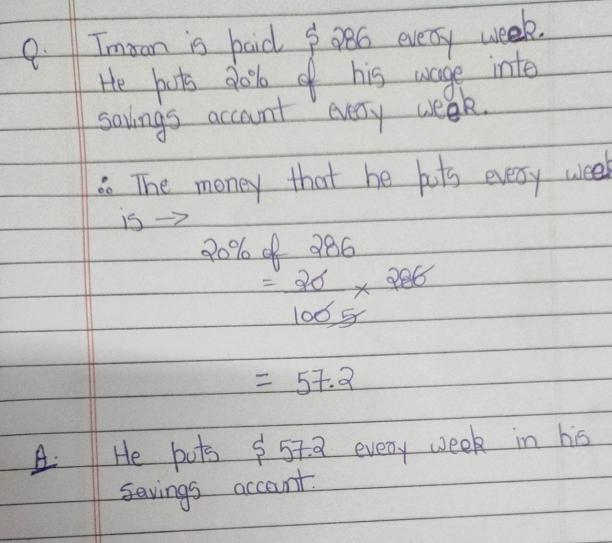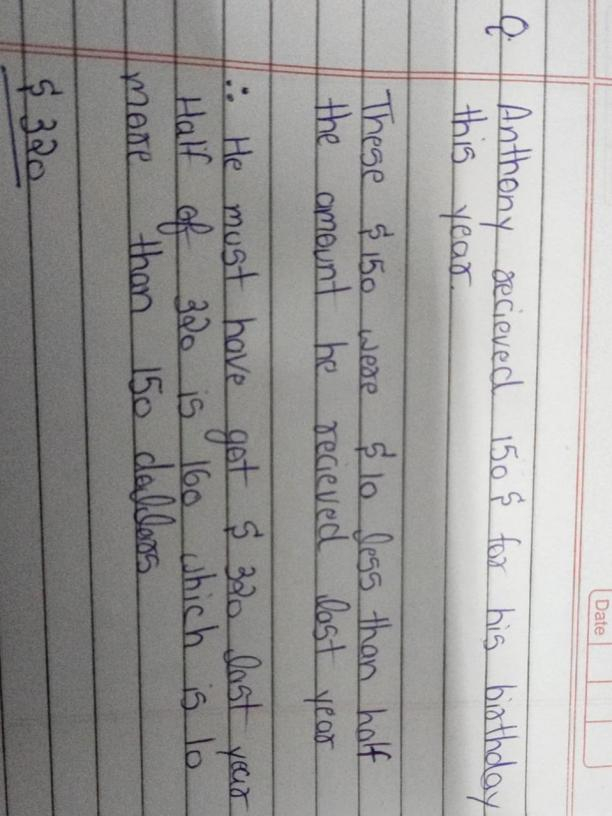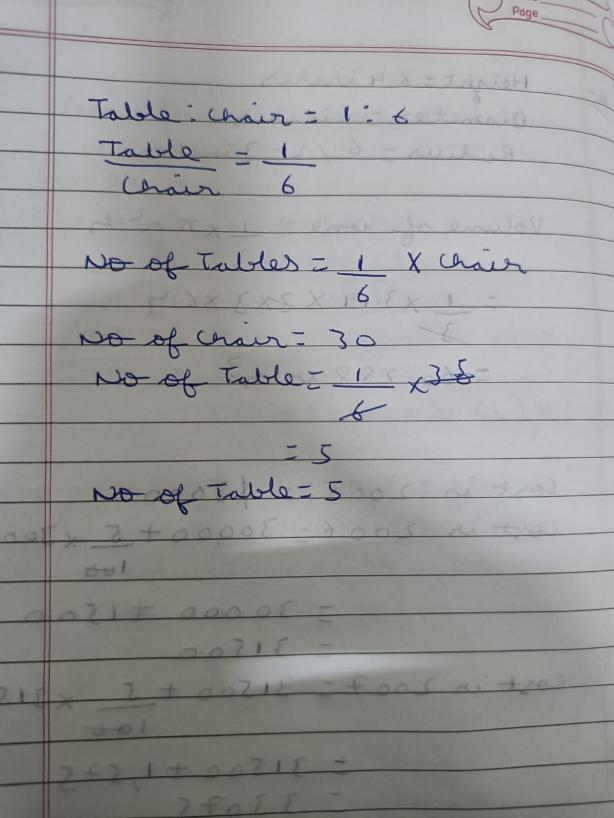 41
41  41
41  14
14 


 14
14 


 12
12 200 ft²
Step-by-step explanation:
Each face is an isosceles right triangle with a hypotenuse of length 10 ft. The area of each of those triangles is
A = 1/4·h² . . . . where the h in this formula is the hypotenuse length
So, the area of the four faces (the lateral area of the pyramid is 4 times this, or ...
A = 4·1/4·(10 ft)² = 100 ft²
Of course, the base area is simply the area of the square base, the square of its side length:
A = (10 ft)² = 100 ft²
So, the total area is the sum of the lateral area and the base area:
total area = 100 ft² +100 ft² = 200 ft²
If you think about this for a little bit, you will realize the pyramid must have zero height. That is, the slant height of a face is exactly the same as the distance from the center of an edge to the center of the base. "Not drawn to scale" is a good description.
 12
12 200 ft²
Step-by-step explanation:
Each face is an isosceles right triangle with a hypotenuse of length 10 ft. The area of each of those triangles is
A = 1/4·h² . . . . where the h in this formula is the hypotenuse length
So, the area of the four faces (the lateral area of the pyramid is 4 times this, or ...
A = 4·1/4·(10 ft)² = 100 ft²
Of course, the base area is simply the area of the square base, the square of its side length:
A = (10 ft)² = 100 ft²
So, the total area is the sum of the lateral area and the base area:
total area = 100 ft² +100 ft² = 200 ft²
If you think about this for a little bit, you will realize the pyramid must have zero height. That is, the slant height of a face is exactly the same as the distance from the center of an edge to the center of the base. "Not drawn to scale" is a good description.
The answer is in the image

The answer is in the image

The solution is in the following image

y=2x+15
where y=Value of coin
x=Age in years
Value of coin after 19 years=2*19+15
=$53
Therefore, Value after 19 years=$53

It will provide an instant answer!
